-
 Bitcoin
Bitcoin $117700
-1.00% -
 Ethereum
Ethereum $4458
-3.91% -
 XRP
XRP $3.119
0.14% -
 Tether USDt
Tether USDt $1.001
-0.02% -
 BNB
BNB $836.6
-1.56% -
 Solana
Solana $189.5
-3.90% -
 USDC
USDC $0.9998
-0.02% -
 Dogecoin
Dogecoin $0.2335
1.29% -
 Cardano
Cardano $0.9642
1.51% -
 TRON
TRON $0.3539
-1.19% -
 Hyperliquid
Hyperliquid $47.41
-1.84% -
 Chainlink
Chainlink $21.92
-3.28% -
 Stellar
Stellar $0.4286
-0.23% -
 Sui
Sui $3.724
-3.29% -
 Bitcoin Cash
Bitcoin Cash $594.8
-0.78% -
 Ethena USDe
Ethena USDe $1.001
0.04% -
 Hedera
Hedera $0.2501
-2.06% -
 Avalanche
Avalanche $23.96
-4.87% -
 Litecoin
Litecoin $119.0
-2.32% -
 Toncoin
Toncoin $3.473
0.82% -
 UNUS SED LEO
UNUS SED LEO $9.596
0.17% -
 Shiba Inu
Shiba Inu $0.00001301
-0.39% -
 Uniswap
Uniswap $11.03
-0.25% -
 Polkadot
Polkadot $3.935
-2.62% -
 Dai
Dai $1.000
0.01% -
 Bitget Token
Bitget Token $4.564
-1.76% -
 Cronos
Cronos $0.1512
-4.11% -
 Ethena
Ethena $0.7306
-1.09% -
 Pepe
Pepe $0.00001087
-2.68% -
 Aave
Aave $300.2
-4.00%
How to connect a hardware wallet in imToken?
Connect your Ledger or Trezor to imToken for enhanced security; ImToken's support varies, so check compatibility and follow the app's and hardware wallet's instructions for a secure connection.
Mar 24, 2025 at 05:28 pm
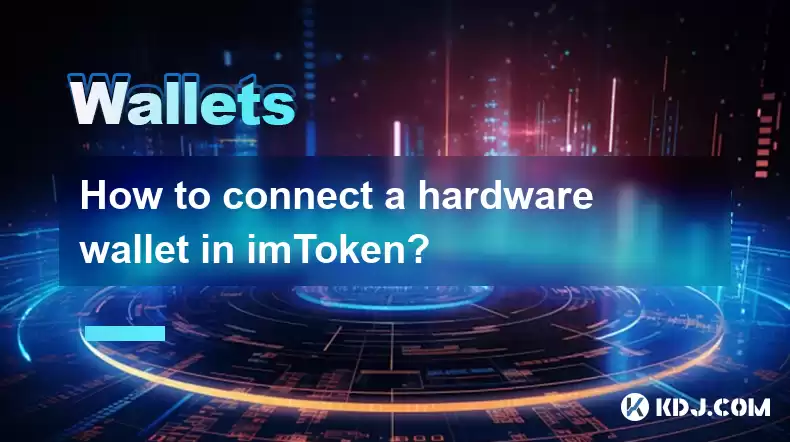
Key Points:
- ImToken supports various hardware wallets, but compatibility varies. Check ImToken's official documentation for the most up-to-date list.
- The connection process generally involves initiating a connection request within ImToken and confirming the request on your hardware wallet device.
- Security is paramount. Verify the device's authenticity and ensure you're connecting to the legitimate ImToken app.
- Different hardware wallets will have slightly different connection procedures. Refer to your specific hardware wallet's instructions as needed.
How to Connect a Hardware Wallet in imToken?
Connecting a hardware wallet to imToken enhances security by keeping your private keys offline. However, the exact steps vary depending on the specific hardware wallet you're using (Ledger, Trezor, etc.). ImToken's support for different hardware wallets is constantly evolving, so always consult their official documentation for the most current instructions.
General Steps (May Vary):
First, ensure your hardware wallet is properly set up and updated with the latest firmware. This is crucial for compatibility and security. Neglecting firmware updates can leave your device vulnerable to exploits.
Next, open the imToken app on your mobile device. Navigate to the "Assets" or "Wallet" section, depending on your imToken version. Look for an option related to "Hardware Wallet" or "Connect Hardware Wallet". The location of this option might vary slightly depending on your ImToken version.
Then, imToken will prompt you to select your hardware wallet type (Ledger, Trezor, etc.). Choose the correct option. Incorrect selection can lead to connection failure or security risks.
After selecting your hardware wallet type, imToken will generate a unique code or prompt you to approve a connection request on your hardware wallet device. This code acts as a security measure to prevent unauthorized connections.
Now, carefully enter the code displayed on your hardware wallet screen into the imToken app. Double-check the code for accuracy before proceeding. Even a single digit error can lead to connection problems.
Finally, once you've entered the code correctly and confirmed the connection on your hardware wallet, imToken should display your hardware wallet's assets. The connection is complete.
Connecting a Ledger to imToken:
- Step 1: Ensure your Ledger device is updated with the latest firmware.
- Step 2: Open the imToken app and navigate to the hardware wallet connection section.
- Step 3: Select "Ledger" as your hardware wallet type.
- Step 4: Follow the on-screen prompts on both your Ledger and imToken to confirm the connection. This usually involves approving a transaction on your Ledger.
- Step 5: Once approved, your Ledger's assets will be displayed in imToken.
Connecting a Trezor to imToken:
- Step 1: Make sure your Trezor device is updated to the latest firmware.
- Step 2: Open the imToken app and find the hardware wallet connection option.
- Step 3: Select "Trezor" as your hardware wallet type.
- Step 4: imToken will guide you through a process of pairing your Trezor with the app. This typically involves confirming a message on your Trezor device.
- Step 5: After confirming the connection on your Trezor, your Trezor assets should appear within imToken.
Troubleshooting Connection Issues:
If you encounter problems connecting your hardware wallet to imToken, ensure your device is properly connected to your mobile device (via USB or Bluetooth, depending on the device). Check your internet connection, as a stable internet connection is often required for the connection process. Restart both your hardware wallet and your mobile device. Refer to the support documentation for both imToken and your hardware wallet for more specific troubleshooting steps. If you suspect a problem with your hardware wallet, contact the hardware wallet manufacturer directly for assistance.
Common Questions:
Q: Does imToken support all hardware wallets? A: No, imToken supports a selection of popular hardware wallets, but not all. Check the imToken website or app for the most current list of compatible devices.
Q: Is it safe to connect my hardware wallet to imToken? A: Connecting your hardware wallet to imToken is generally safe, provided you follow the instructions carefully and verify the authenticity of the imToken app and your hardware wallet device. Always be cautious of phishing attempts.
Q: What happens if I lose my hardware wallet? A: Losing your hardware wallet means you lose access to the cryptocurrencies stored on it. It's crucial to back up your seed phrase securely and store it in a safe place separate from your hardware wallet.
Q: Can I use imToken without a hardware wallet? A: Yes, you can use imToken without a hardware wallet, but this is less secure as your private keys are stored on your mobile device.
Q: My hardware wallet isn't showing up in imToken. What should I do? A: Check your hardware wallet's connection to your mobile device, ensure it's properly updated, and restart both devices. Consult imToken's support documentation and your hardware wallet's instructions for troubleshooting. If the problem persists, contact imToken support.
Disclaimer:info@kdj.com
The information provided is not trading advice. kdj.com does not assume any responsibility for any investments made based on the information provided in this article. Cryptocurrencies are highly volatile and it is highly recommended that you invest with caution after thorough research!
If you believe that the content used on this website infringes your copyright, please contact us immediately (info@kdj.com) and we will delete it promptly.
- Kazakhstan's Crypto Leap: Bitcoin ETF and Central Asia's Digital Finance Future
- 2025-08-13 12:45:19
- BlockDAG Presale Blazes Past $371M: Fundraising Frenzy Fuels Crypto Sensation
- 2025-08-13 13:05:21
- Meme Coins: Chasing the 2025 Surge – Which Will Moonshot?
- 2025-08-13 10:25:23
- Bitcoin's Wild Ride: Rally, Pullback, and What's Next
- 2025-08-13 10:25:23
- Bitcoin, Bitmax, and Institutional Demand: A New Era of Crypto Investment
- 2025-08-13 10:45:12
- Solana, ROAM, and Airdrops: What's the Buzz in 2025?
- 2025-08-13 11:35:13
Related knowledge
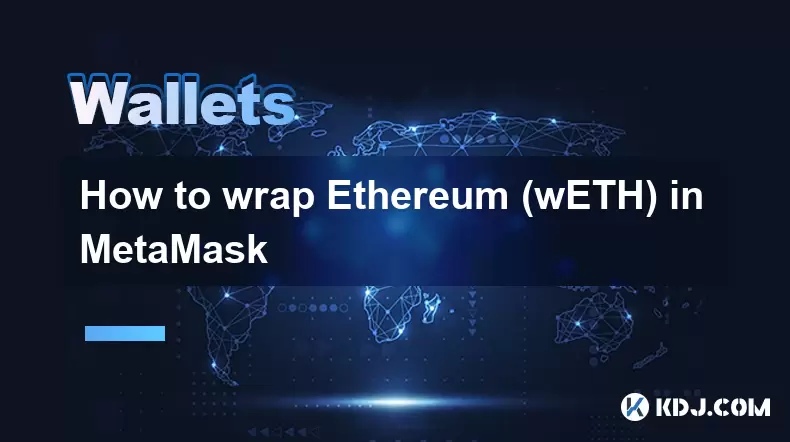
How to wrap Ethereum (wETH) in MetaMask
Aug 13,2025 at 11:36am
Understanding Wrapped Ethereum (wETH)Wrapped Ethereum (wETH) is a tokenized version of native Ethereum (ETH) that conforms to the ERC-20 standard, ena...

How to manage your portfolio in Exodus wallet
Aug 08,2025 at 10:07pm
Understanding the Exodus Wallet InterfaceThe Exodus wallet is a non-custodial cryptocurrency wallet that supports a wide range of digital assets. When...
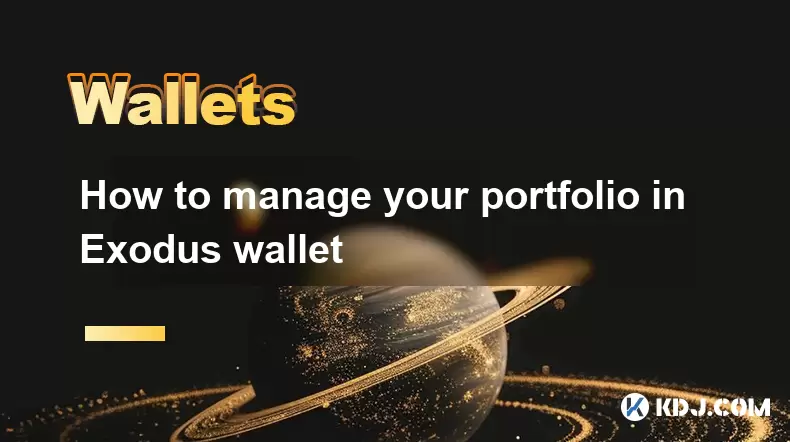
How to manage your portfolio in Exodus wallet
Aug 13,2025 at 11:35am
Understanding the Exodus Wallet InterfaceThe Exodus wallet is a non-custodial cryptocurrency wallet that supports a wide range of digital assets. Upon...

How to reset your MetaMask password
Aug 08,2025 at 01:28pm
Understanding the MetaMask Password Reset ProcessMany users confuse the MetaMask password with the seed phrase or private key, but they serve differen...
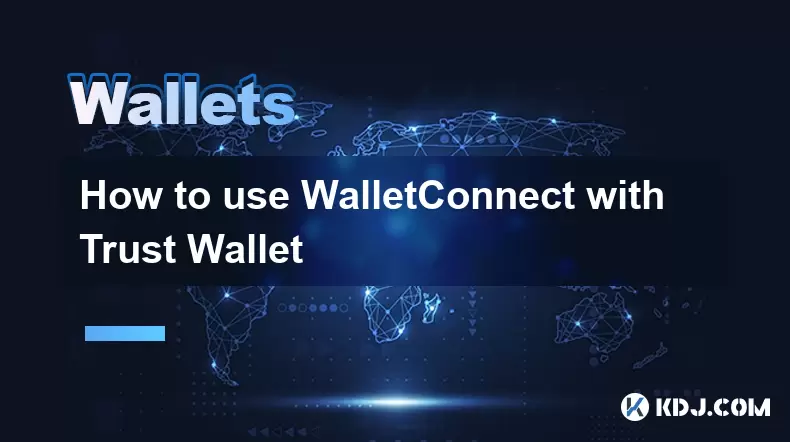
How to use WalletConnect with Trust Wallet
Aug 13,2025 at 01:07am
What Is WalletConnect and Why It Matters for Trust Wallet UsersWalletConnect is an open-source protocol that enables secure communication between dece...
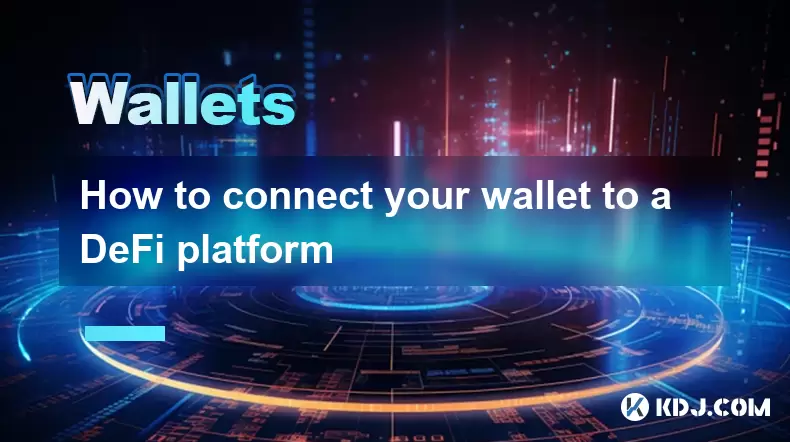
How to connect your wallet to a DeFi platform
Aug 13,2025 at 11:36am
Understanding Wallet Compatibility with DeFi PlatformsBefore connecting your wallet to any DeFi platform, it's essential to ensure your wallet is comp...

How to wrap Ethereum (wETH) in MetaMask
Aug 13,2025 at 11:36am
Understanding Wrapped Ethereum (wETH)Wrapped Ethereum (wETH) is a tokenized version of native Ethereum (ETH) that conforms to the ERC-20 standard, ena...

How to manage your portfolio in Exodus wallet
Aug 08,2025 at 10:07pm
Understanding the Exodus Wallet InterfaceThe Exodus wallet is a non-custodial cryptocurrency wallet that supports a wide range of digital assets. When...

How to manage your portfolio in Exodus wallet
Aug 13,2025 at 11:35am
Understanding the Exodus Wallet InterfaceThe Exodus wallet is a non-custodial cryptocurrency wallet that supports a wide range of digital assets. Upon...

How to reset your MetaMask password
Aug 08,2025 at 01:28pm
Understanding the MetaMask Password Reset ProcessMany users confuse the MetaMask password with the seed phrase or private key, but they serve differen...

How to use WalletConnect with Trust Wallet
Aug 13,2025 at 01:07am
What Is WalletConnect and Why It Matters for Trust Wallet UsersWalletConnect is an open-source protocol that enables secure communication between dece...

How to connect your wallet to a DeFi platform
Aug 13,2025 at 11:36am
Understanding Wallet Compatibility with DeFi PlatformsBefore connecting your wallet to any DeFi platform, it's essential to ensure your wallet is comp...
See all articles

























































































